
David Harvey: Marxist Urban Theorist and Capitalism’s Impact on Cities
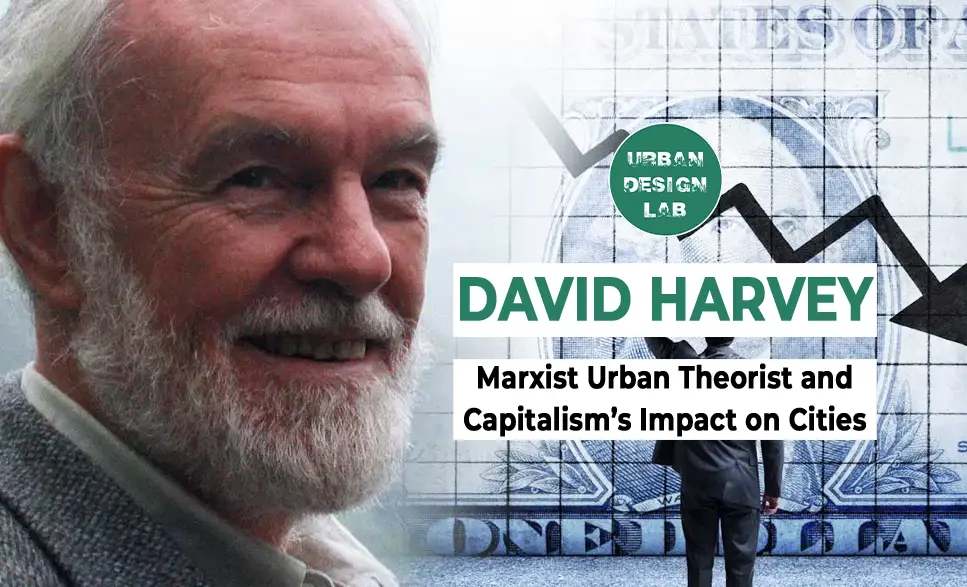
David Harvey, one of the most influential Marxist urban theorists, offers a critical lens on how capitalism shapes the development of cities. His groundbreaking theories expose the deep connections between urbanization, economic inequality, and capital accumulation, challenging conventional views on urban growth. By examining how capitalist dynamics influence urban spaces and social relations, Harvey’s work has left a profound impact on urban planning, geography, and social theory. This article explores his key contributions and the lasting influence of his ideas on contemporary urban studies
Introduction to David Harvey’s Theories
David Harvey is one of the most significant Marxist theorists of urbanization. His work focuses on how capitalism influences urban spaces and social relations. Harvey argues that cities are not just physical spaces but are shaped by economic forces and power structures. His early work in the 1970s, such as c laid the foundation for his critique of capitalism’s role in urban development. Harvey’s approach combines Marxist economics with geography, showing how capital accumulation drives the expansion and transformation of cities. This introduction will set the context for understanding his impact on urban theory.
Source: Website Link
Capital Accumulation and the Transformation of Urban Spaces
At the core of David Harvey’s theory of urbanization is the concept of capital accumulation. He posits that cities are not just physical entities but are built and reshaped through the continuous circulation of capital, making them key sites of capitalist production and profit. As capital flows into urban infrastructure, cities become centers of economic exploitation and social inequality. Harvey highlights how the development process disproportionately benefits the wealthy, while the working class is often displaced through gentrification and rising housing costs. He emphasizes that real estate serves as a powerful tool for capital accumulation, frequently resulting in housing crises and unaffordable living conditions for many urban residents.
Source: Website Link
The Right to the City
One of David Harvey’s most influential and widely discussed concepts is “the right to the city.” This idea asserts that urban spaces should belong to all inhabitants, rather than being dominated by wealthy elites or corporate interests. Harvey critiques the capitalist urbanization process, arguing that cities are increasingly designed to prioritize capital accumulation over the needs and rights of the people who live in them. He calls for a radical restructuring of urban governance, advocating for a collective right to reshape and reimagine the city, where residents actively participate in its transformation.
Harvey’s “right to the city” challenges the commodification of urban space, wherein public areas and services are increasingly privatized and accessible only to those who can afford them. This concept has galvanized urban movements around the world, providing a framework for activists fighting for more equitable and inclusive urban environments. It underscores the need to reclaim cities from neoliberal forces that marginalize working-class communities, emphasizing that urban justice can only be achieved when the people—not capital—are at the center of decision-making processes.
Source: Website Link
Urban Crises and Financialization
Harvey explores how financialization affects urban development, especially during crises. He shows that the 2008 financial crisis was deeply connected to real estate speculation and the commodification of housing. As cities become more financialized, housing markets turn into speculative assets, leading to bubbles and economic instability. Harvey critiques this shift, arguing that it places profit over the needs of urban residents. He points out that many cities now prioritize luxury developments and tourist infrastructure at the expense of affordable housing, exacerbating social inequality.
Source: Website Link
Social Movements and Urban Resistance
Harvey’s work has inspired various social movements centered on urban resistance. These movements, often fueled by anti-capitalist ideologies, challenge the commodification of urban life. From housing rights activists to anti-gentrification protests, Harvey’s theories have provided a framework for understanding urban struggles. He argues that cities can become sites of resistance where people organize to demand more equitable living conditions. Harvey emphasizes that true urban justice can only be achieved through collective action and by confronting the underlying capitalist structures shaping the city.
Source: Website Link
Neoliberalism and the City
David Harvey provides a critical analysis of neoliberalism’s transformative impact on urban development, highlighting how policies of privatization, deregulation, and market-driven solutions have reshaped cities worldwide. Under neoliberalism, urban spaces increasingly cater to corporate interests and private capital, often at the expense of public welfare and social equity. Harvey argues that these policies have intensified urban inequality, with cities now prioritizing profit over the needs of their residents.
In neoliberal cities, essential public services such as transportation, housing, and education are frequently privatized, creating significant barriers for lower-income residents. As a result, access to affordable housing has diminished, and issues like homelessness have worsened. Harvey emphasizes that neoliberal urban policies perpetuate a cycle of exclusion, where the most vulnerable populations are sidelined while wealthier residents benefit from urban growth. His critique of neoliberalism reveals the stark consequences of market-driven urbanism, where the commodification of urban space leaves behind those most in need.
Source: Website Link
Spatial Fix and Urban Restructuring
David Harvey’s concept of the “spatial fix” offers a powerful framework for understanding how capitalism perpetuates its growth by expanding into new geographical spaces. According to Harvey, when capitalism faces internal crises—such as overaccumulation or declining profitability—it seeks to resolve these issues by redirecting capital into urban areas. This process of urban restructuring involves the reconfiguration of the built environment, leading to large-scale urban development projects.
However, this spatial fix is not without consequences. As capital flows into cities, it often triggers gentrification and the displacement of working-class communities, reshaping urban landscapes to meet the needs of capital rather than the people. Harvey argues that this continuous restructuring serves capitalist interests, ensuring the constant renewal of urban spaces but also perpetuating cycles of inequality and crisis. The spatial fix explains why urbanization under capitalism is never static; it is a relentless process driven by the demands of capital accumulation, leading to ongoing transformation and disruption in cities.
Source: Website Link
Globalization and the Urban Experience
Harvey’s work extends to the global scale, where he examines the effects of globalization on cities. He argues that globalization has intensified urban inequalities by creating stark contrasts between global cities and marginalized urban areas. As cities become interconnected through global capital flows, the competition for investment often leads to the prioritization of infrastructure for the wealthy. Globalization, according to Harvey, amplifies existing inequalities and makes urban spaces more exclusive. This section will explore how global capitalism has shaped urban experiences across the world.
Source: Website Link
Future Directions in Marxist Urban Theory
Building on Harvey’s work, future Marxist urban theorists continue to explore the relationship between capitalism and urban spaces. New developments in technology, climate change, and migration present fresh challenges for cities. Marxist urban theory will likely evolve to address these issues, providing insights into how cities can be designed to serve all residents. This section will discuss the potential future directions of Marxist urban theory, including how it can inform sustainable urban development, social justice, and equitable cities in the 21st century.
Source: Website Link
Conclusion
David Harvey’s work has profoundly influenced how we think about cities and capitalism. His Marxist analysis of urbanization offers a critical lens for understanding the deep inequalities present in modern urban spaces. From the right to the city to the impact of neoliberalism, Harvey’s ideas have inspired urban movements and academic debates alike. As cities continue to grow and evolve, Harvey’s work remains a powerful tool for challenging the status quo and advocating for more just and equitable urban spaces. Future urban studies will undoubtedly build on Harvey’s legacy, addressing new challenges in the context of capitalism’s impact on cities.
References
- Harvey, D. (2008). The Right to the City. New Left Review, 53.
A foundational text where Harvey explores the concept of the right to the city and its political implications. - Harvey, D. (2005). A Brief History of Neoliberalism. Oxford University Press.
This book critiques the rise of neoliberal policies and their impact on global urban development. - Brenner, N., & Theodore, N. (2002). Cities and the Geographies of “Actually Existing Neoliberalism”. Antipode, 34(3), 349-379.
Examines the influence of neoliberalism on urban spaces. - Merrifield, A. (2013). The Urban Question under Planetary Urbanization. International Journal of Urban and Regional Research, 37(3), 909-922.
Discusses the ongoing relevance of Marxist theory in the context of global urbanization.
Yaren Apaydın
About the author
Yaren Apaydın, an urban planner, has a diverse academic background encompassing courses in ecological cities,, regional economics, mapping and surveying, urban conservation, research & urban design studios, and basic design. She is socially engaging, creative, joyful, and unique, enjoying reading, learning, and exploring. Yaren values continuous growth and discovery, viewing life as an extraordinary journey shaped by her imagination. She believes that designing and achieving productivity in all aspects equates to absolute happiness.
Related articles
UDL Illustrator
Masterclass
Visualising Urban and Architecture Diagrams
Session Dates
17th-18th January 2026

Urban Design Lab
Be the part of our Network
Stay updated on workshops, design tools, and calls for collaboration
Curating the best graduate thesis project globally!

Free E-Book
From thesis to Portfolio
A Guide to Convert Academic Work into a Professional Portfolio”
Recent Posts
- Article Posted:
- Article Posted:
- Article Posted:
- Article Posted:
- Article Posted:
- Article Posted:
- Article Posted:
- Article Posted:
- Article Posted:
- Article Posted:
- Article Posted:
- Article Posted:
Sign up for our Newsletter
“Let’s explore the new avenues of Urban environment together “


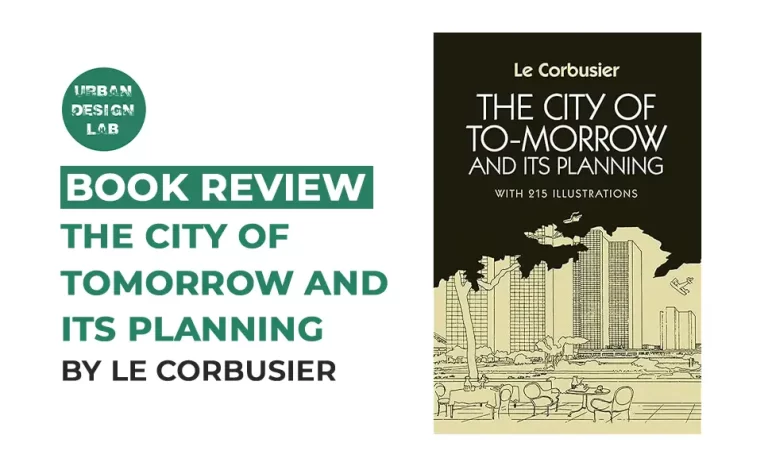























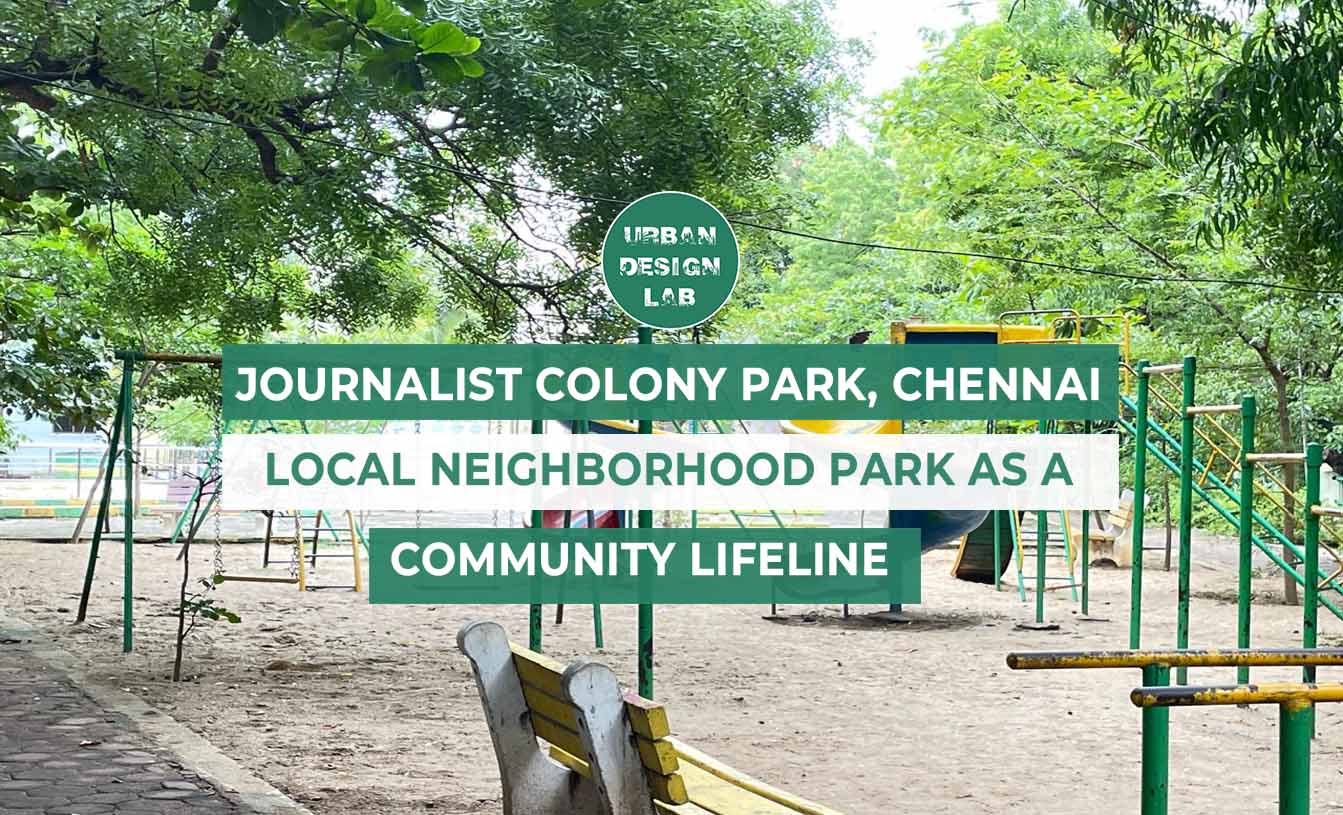

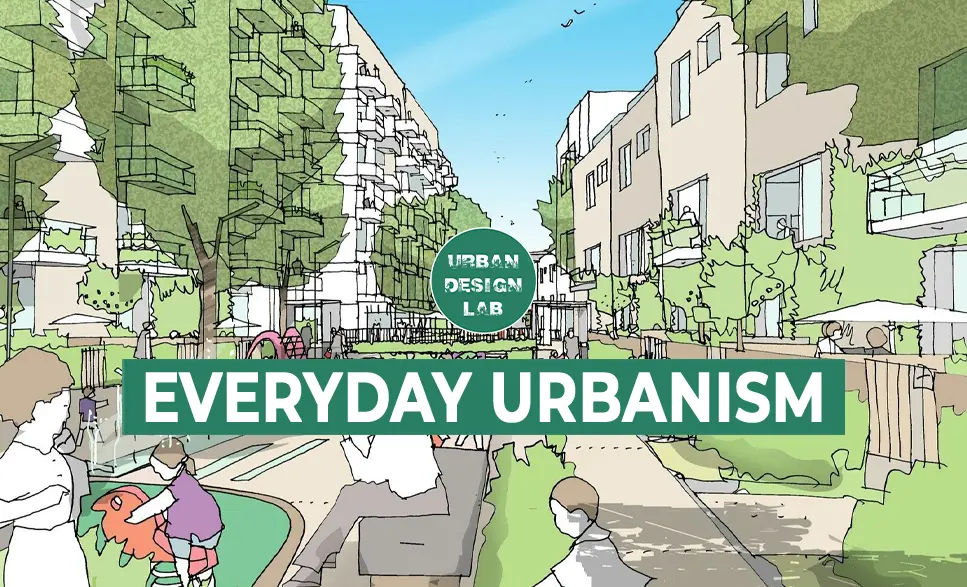

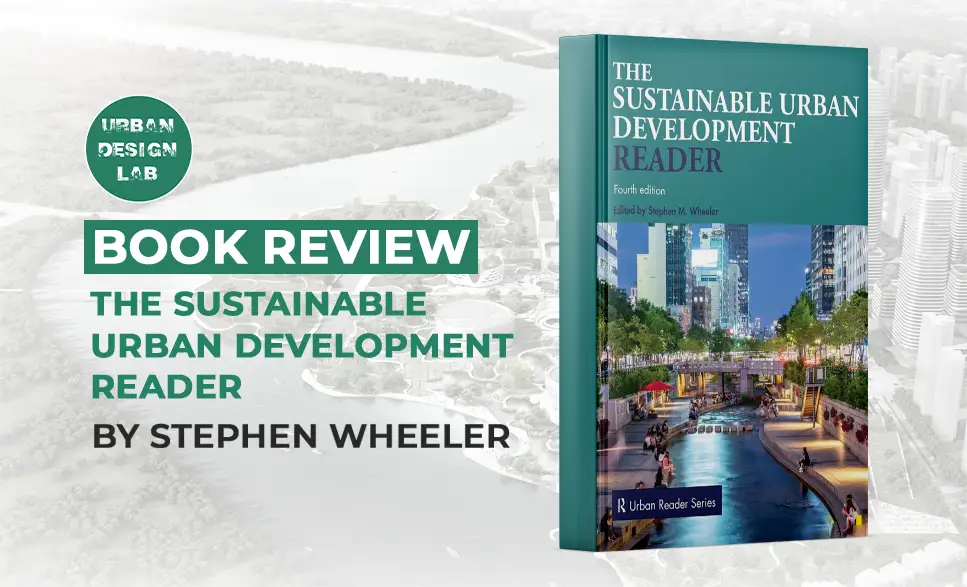

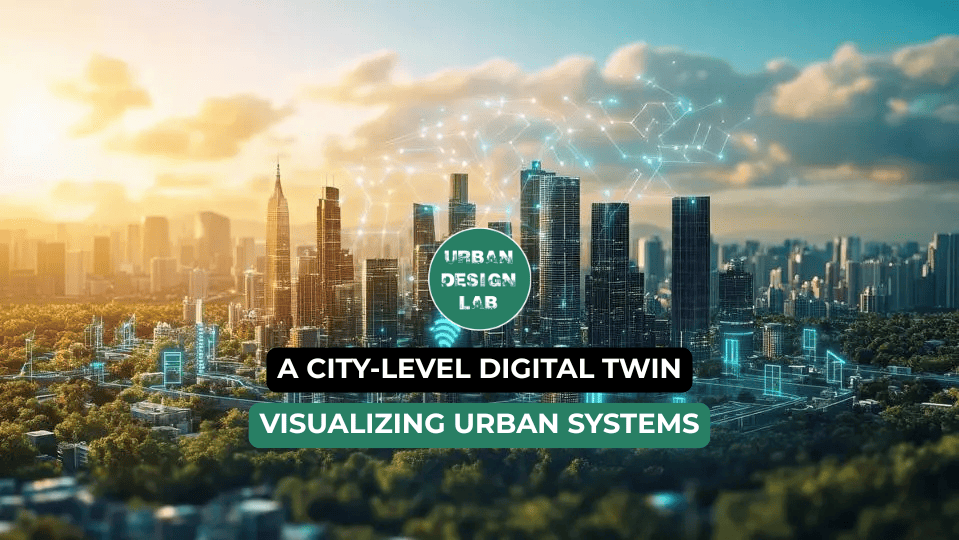
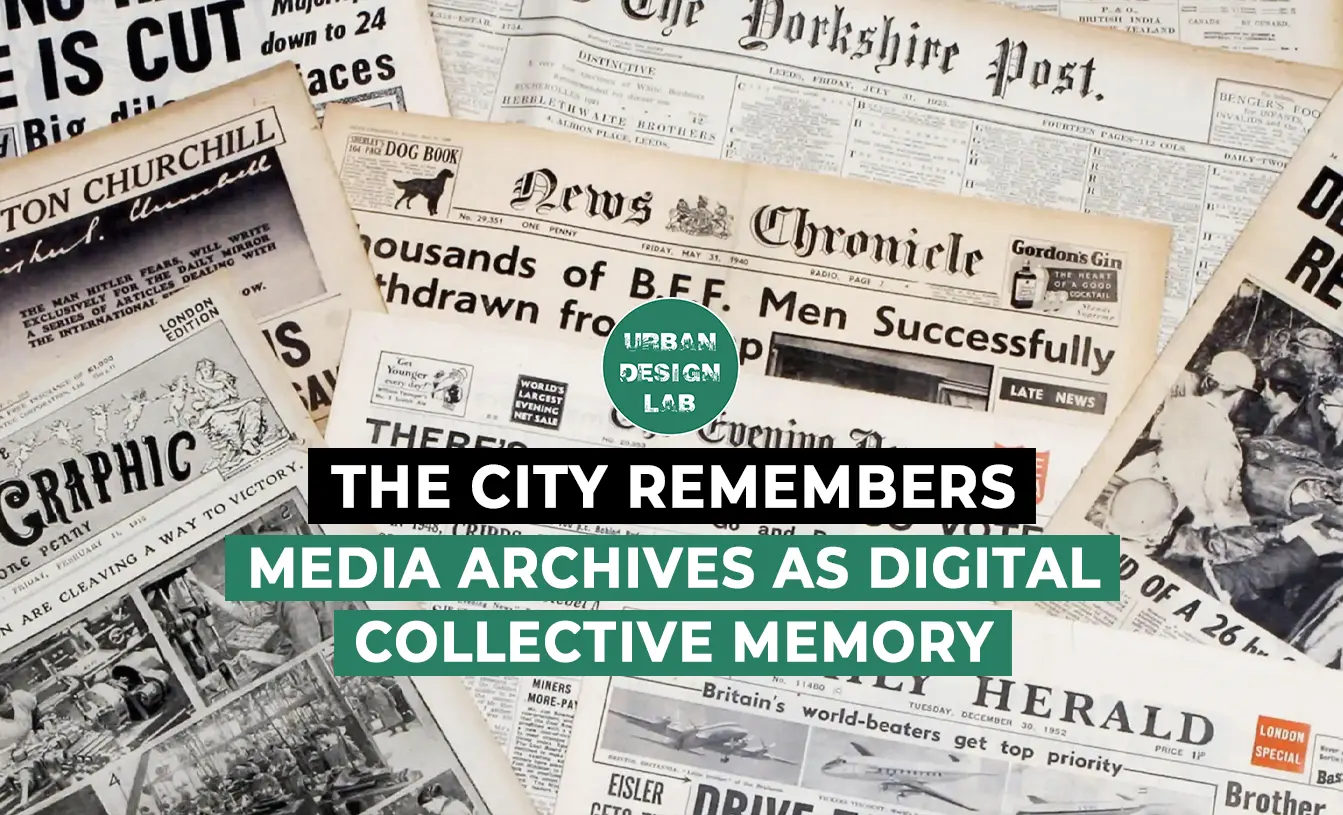
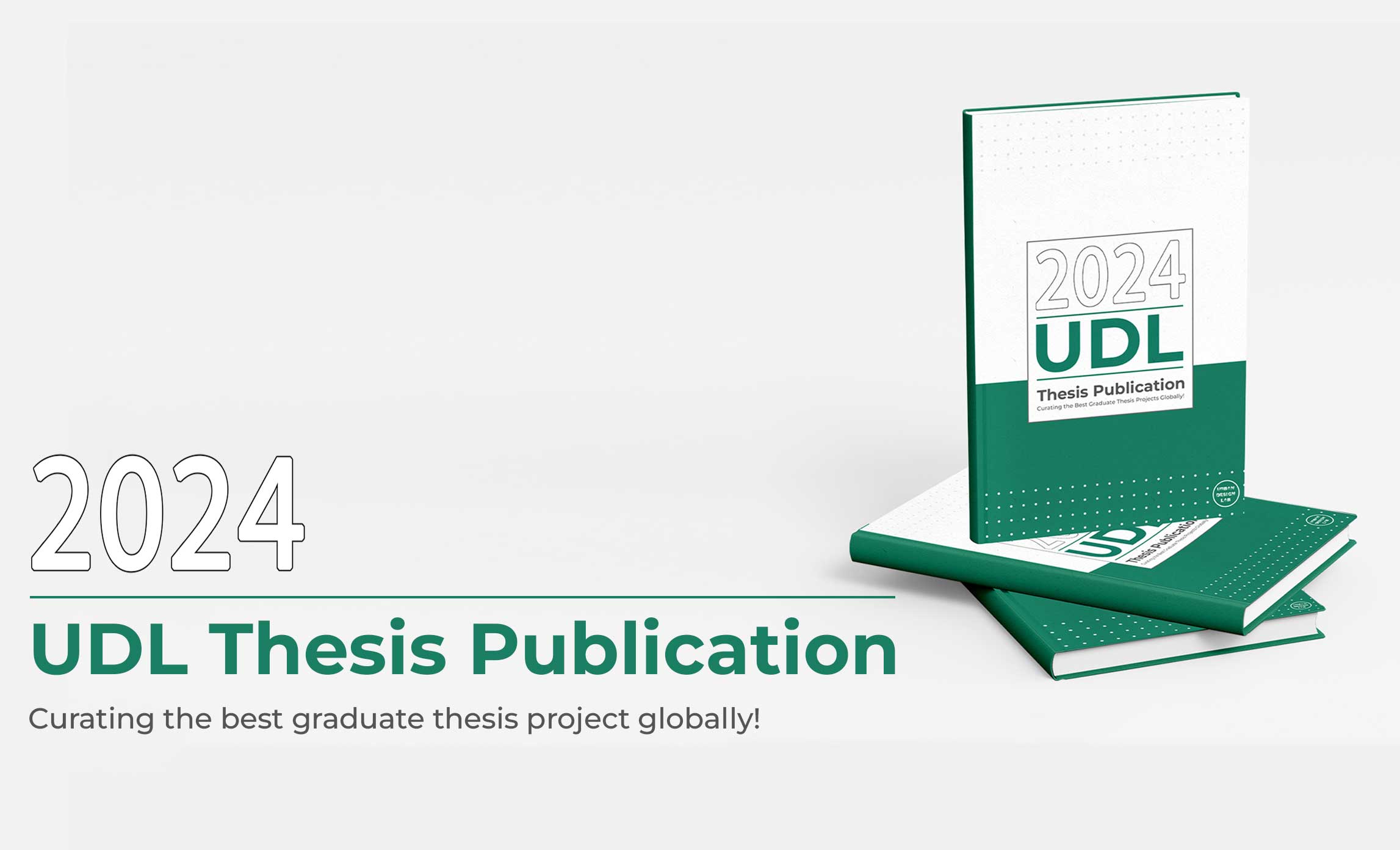

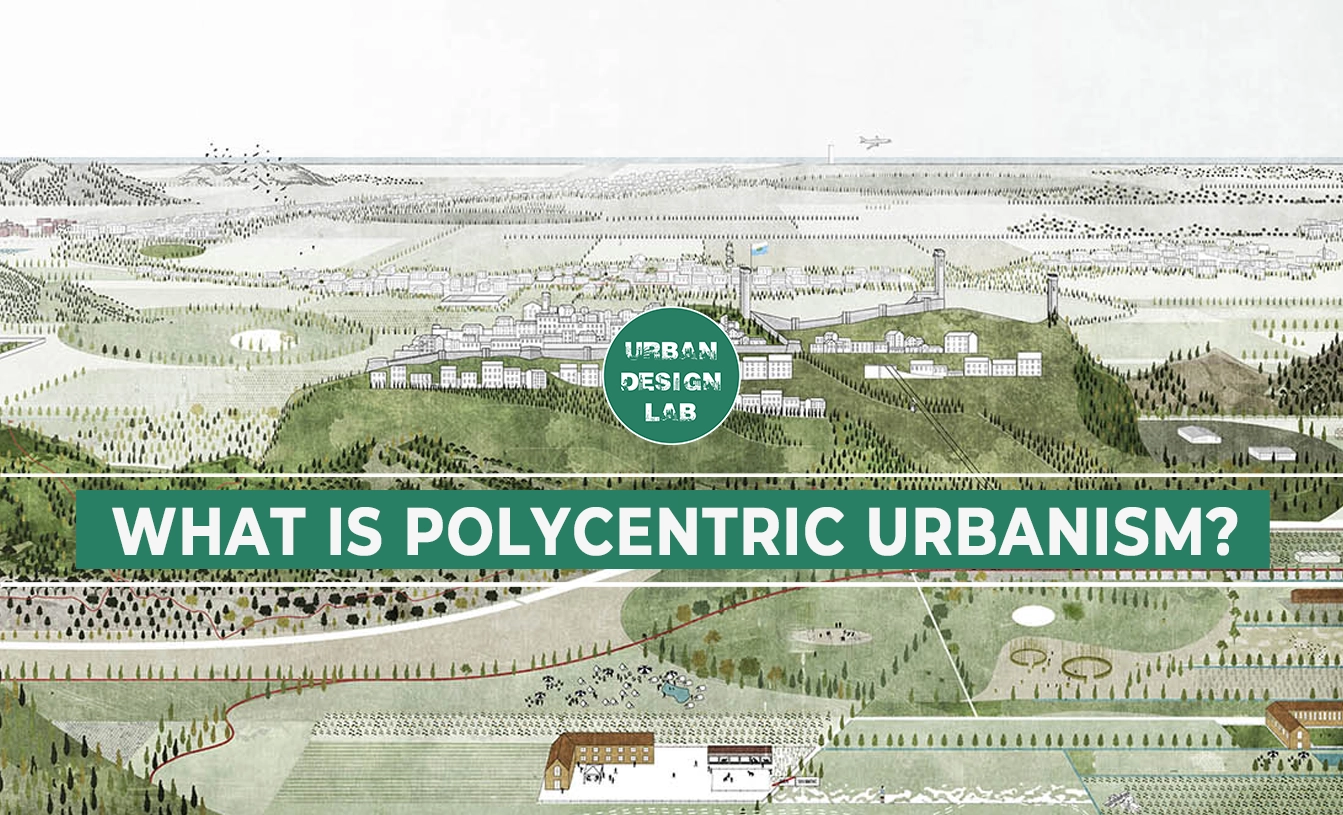

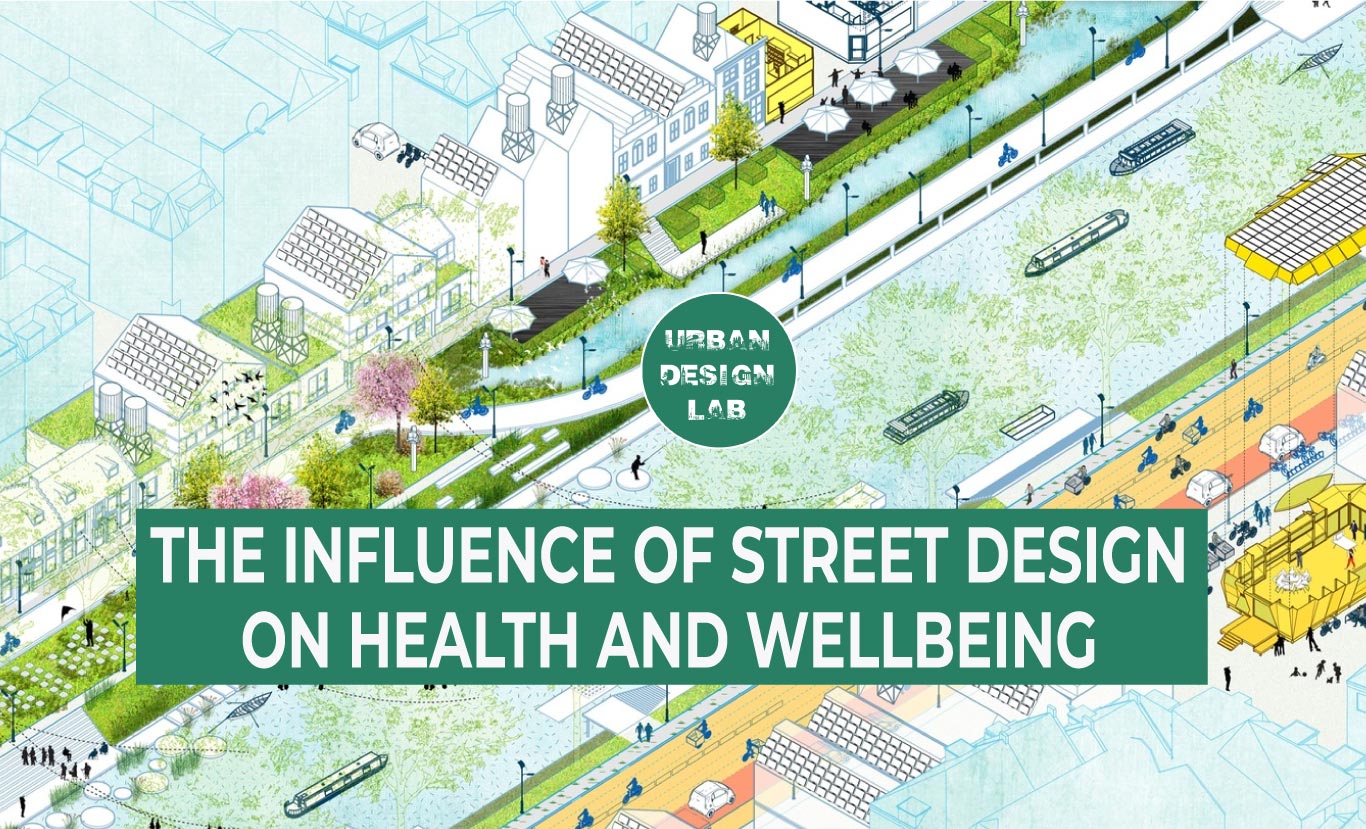
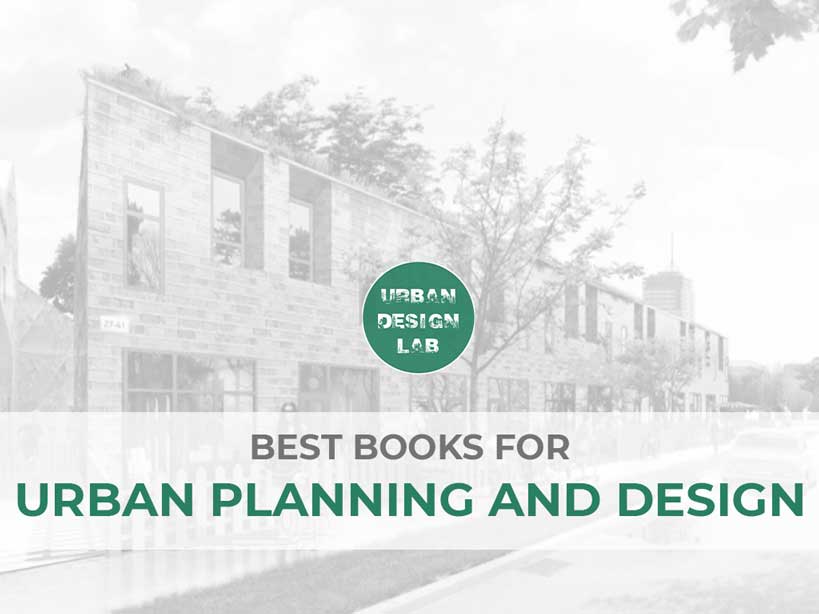
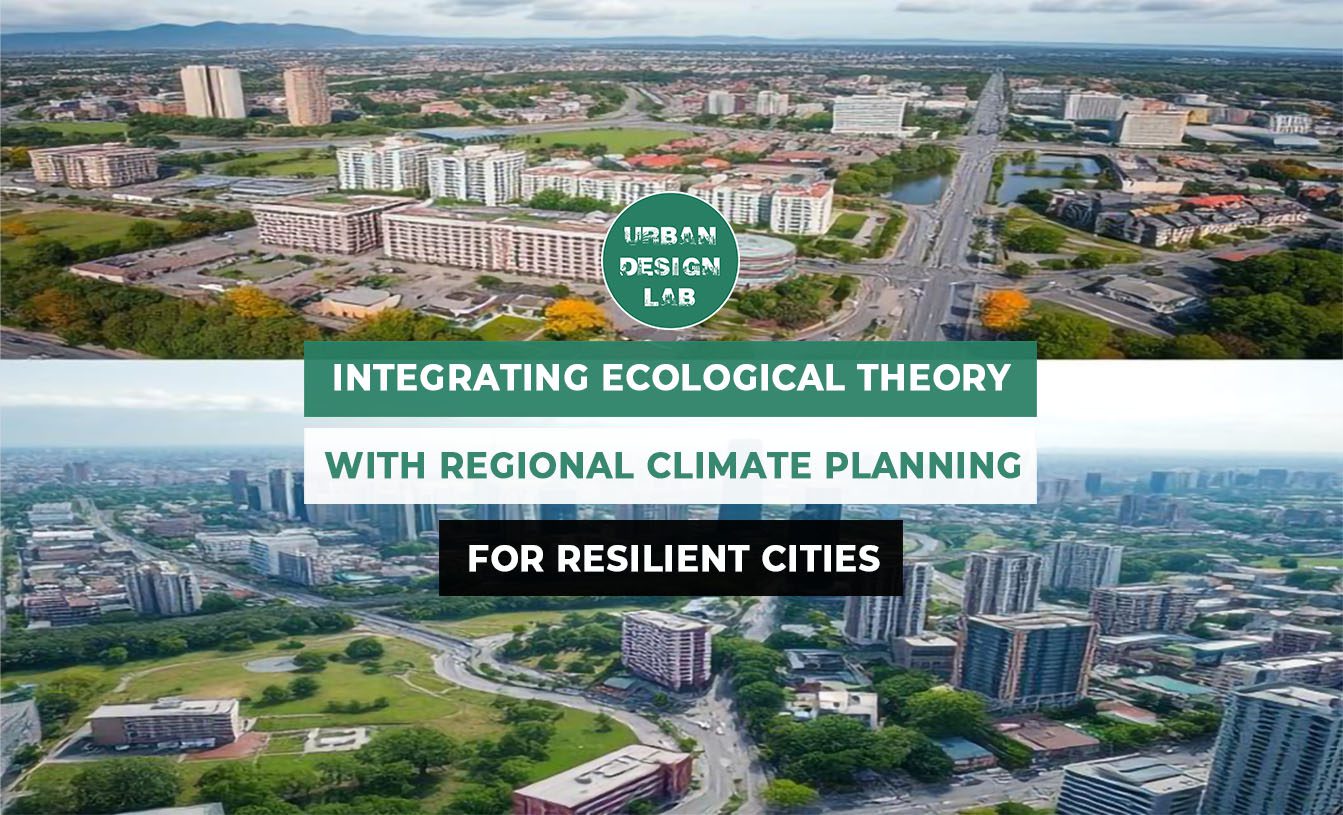
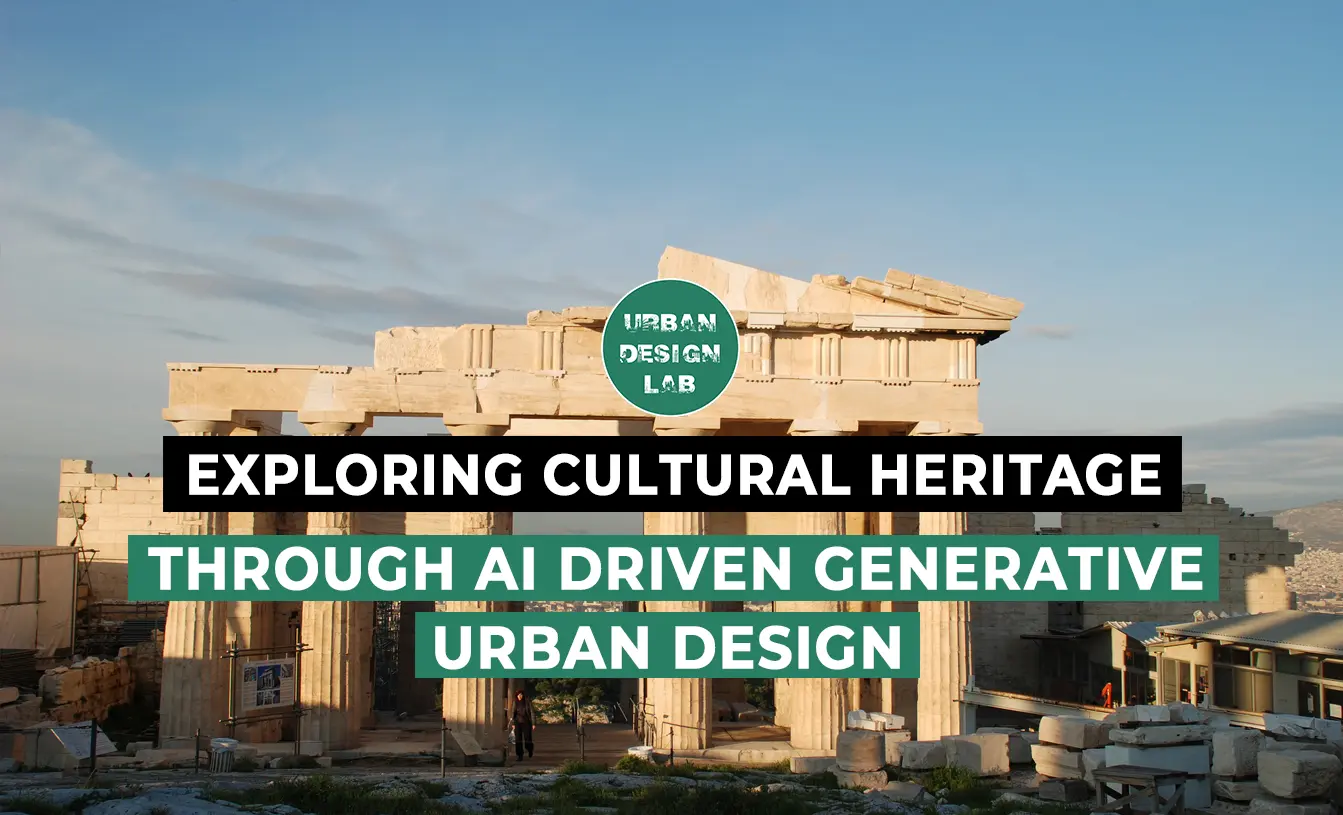


One Comment
Excellentx work